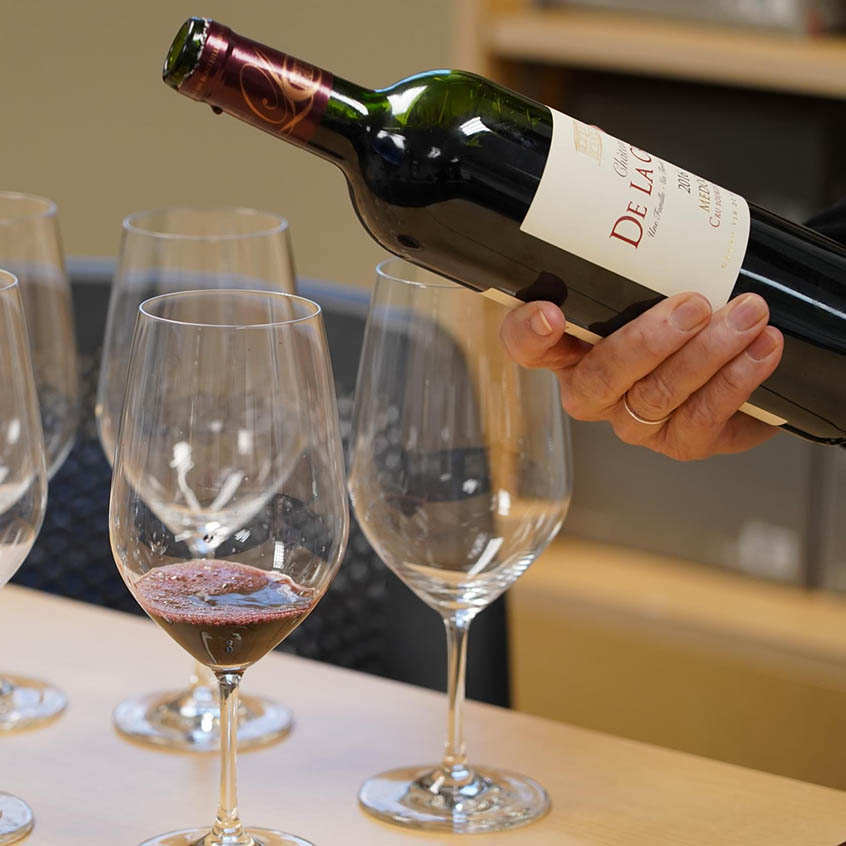
This class provides students with a greater understanding of all alcoholic beverages by celebrating the similarities and differences among beer, wine, and spirits. Writer and Certified Cicerone Ethan Fixell will break the evening into four fascinating units: alcohol history; production (brewing, winemaking, distilling); style (big-picture categories, such as lager vs. ale; or the five most important wine grapes); and perhaps most important, food pairing (when to order what; what to look for in a pairing). Of course, throughout the evening, we'll taste all sorts of beverages to illustrate specific points in the curriculum, and explore tasting technique.

You will work in teams to execute the class menu. At the end of class, participants gather to enjoy the food they have prepared. Wine is served with meals in most classes. All class menus are subject to change. While a snack platter is offered in both morning and evening classes, you may want to consider a light snack before joining us for class. Students are encouraged to bring a light lunch or dinner to all pastry classes.

You will work in teams to execute the class menu. At the end of class, participants gather to enjoy the food they have prepared. Wine is served with meals in most classes. All class menus are subject to change. While a snack platter is offered in both morning and evening classes, you may want to consider a light snack before joining us for class. Students are encouraged to bring a light lunch or dinner to all pastry classes.
Master some of the most fragrant and distinct dishes in this country's rich and varied cuisine, emphasizing a riot of toasted spices. You'll learn all about the vegetables, seafood and other featured ingredients, with a range of geographic and climatic origins, from hearty masalas to spicy curries to cooling raitas. We'll assemble a menu of: chana masala (chickpea curry); chicken tikka masala; palak paneer (spinach with paneer cheese); pulao (spiced basmati rice); and cucumber raita.
If you can't get enough of the wonderful steaks, salads, and sides at Gotham's top eateries, join us for this follow-up to one of our most popular classes, The Great New York Steakhouse. In this iteration, we expand upon the classic dishes served at the most celebrated chophouses in this gastronomic city. On your menu: clams casino; wedge salad; filet mignon au poivre with cognac cream sauce; hand-cut fries and grilled asparagus.
Learn how to make the dumplings from throughout Asia - all hands-on. We'll also create perfect dipping sauces. In this make and take class, you'll prepare: steamed shrimp shao mai with orange dipping sauce; deep fried chicken wontons; pork and chive pot-stickers with black vinegar dipping sauce and vegetable gyoza with spicy dipping sauce.
ICE's resident sommelier, Richard Vayda, pulls out all the stops for this very special Valentine's Day celebration. For this delightful class, you will dine on a variety of hors d'oeuvres along with a select group of wines. Your evening begins with a discussion of the origin and making of sparkling wine, while tasting various examples --- from non-vintage to vintage to rosé. The highlight of the tasting features a prestige cuvée Champagne paired with an American challenger. The class rounds out with students enjoying a buffet of classic luxury food matches while indulging in additional bubbly, making for a sparkling evening you'll always remember.
Ranked as America’s Best Culinary School (USAToday 2019), our roster of Chef-Instructors have run top kitchens around the globe.
| (Separate multiple addresses with commas like: john@aol.com, jane@aol.com) | |